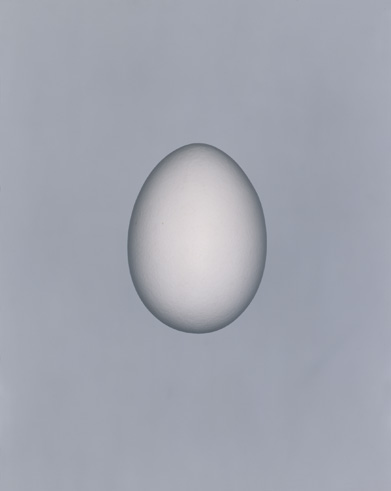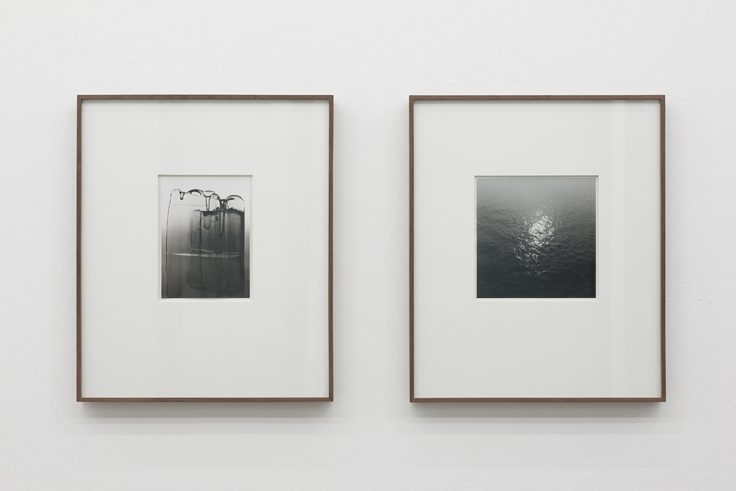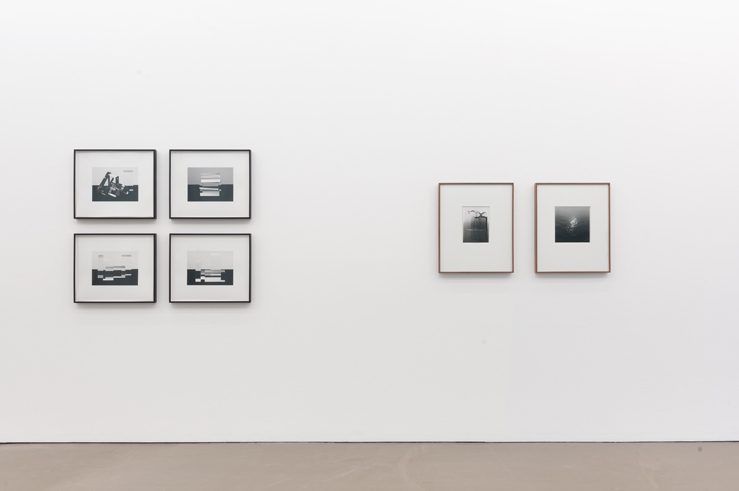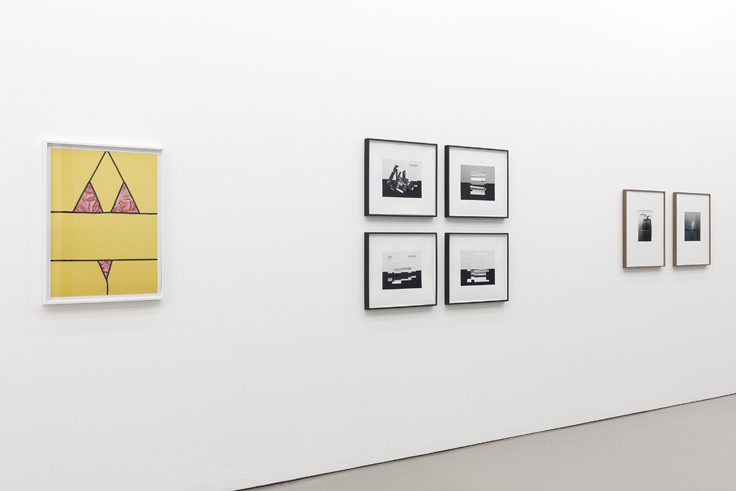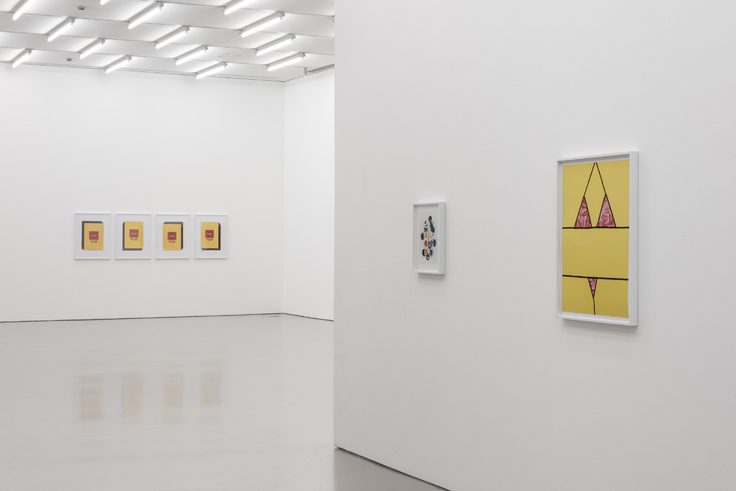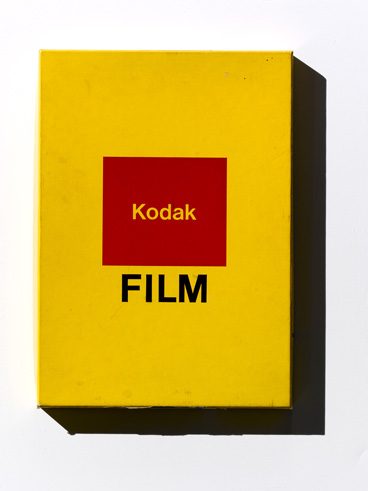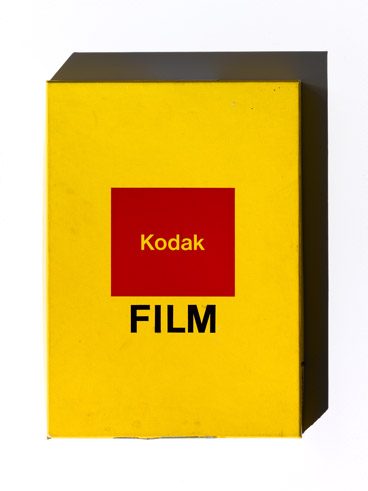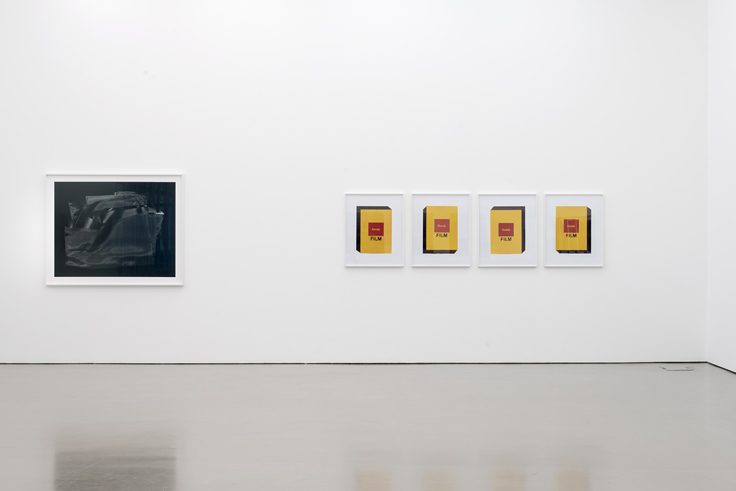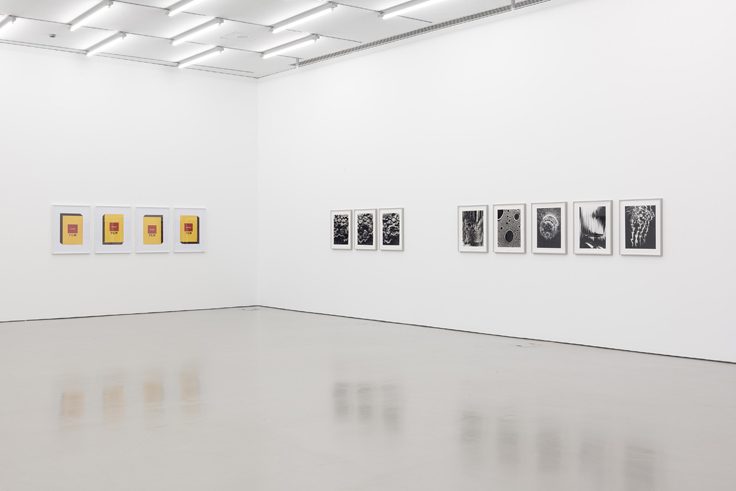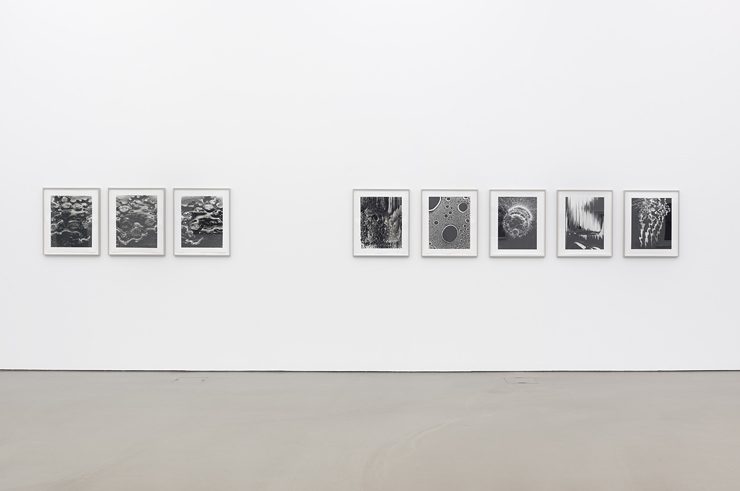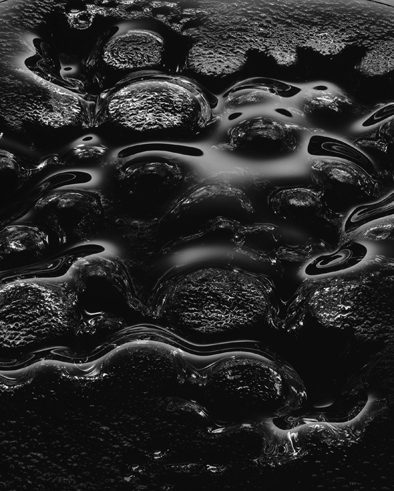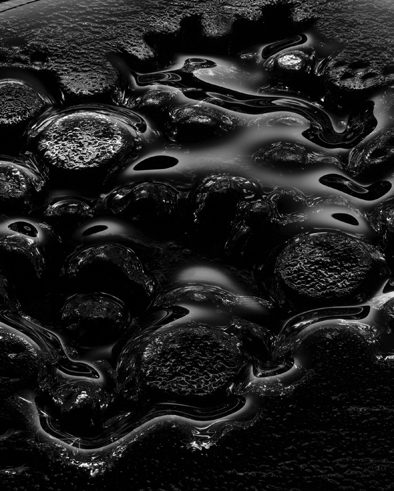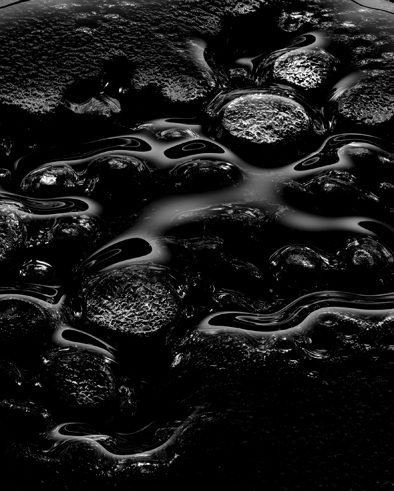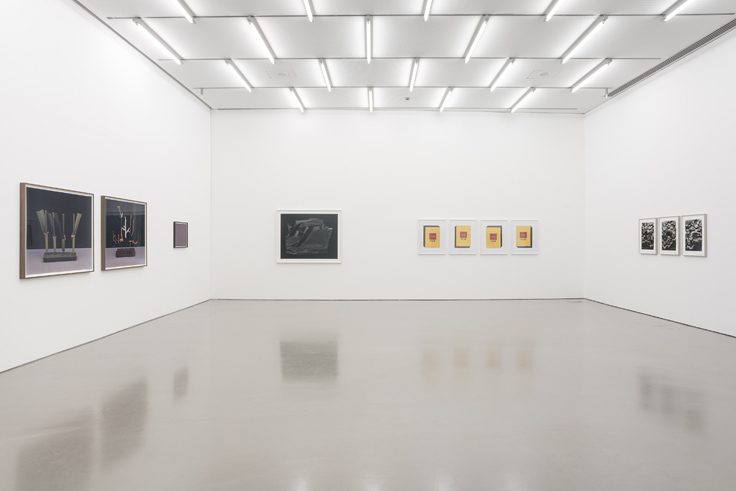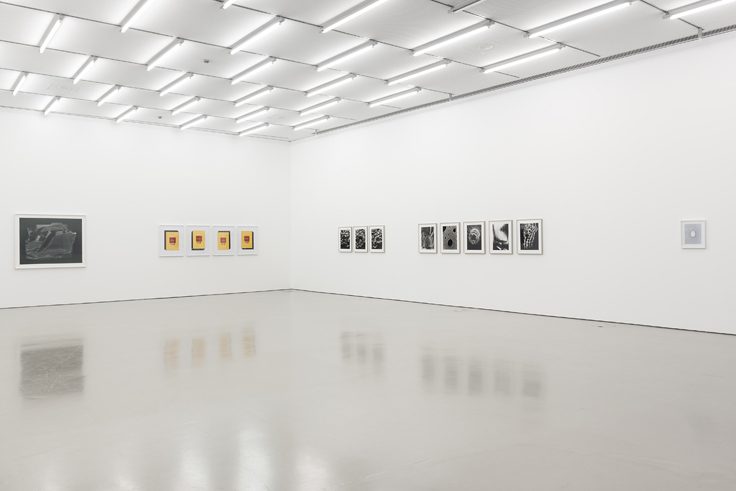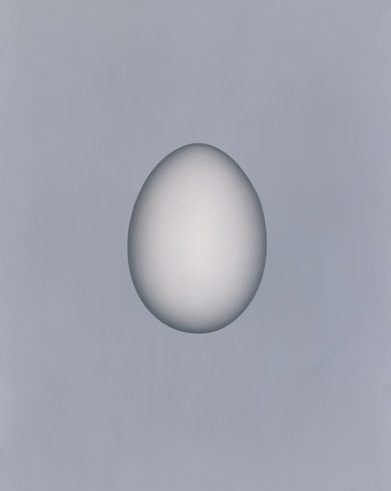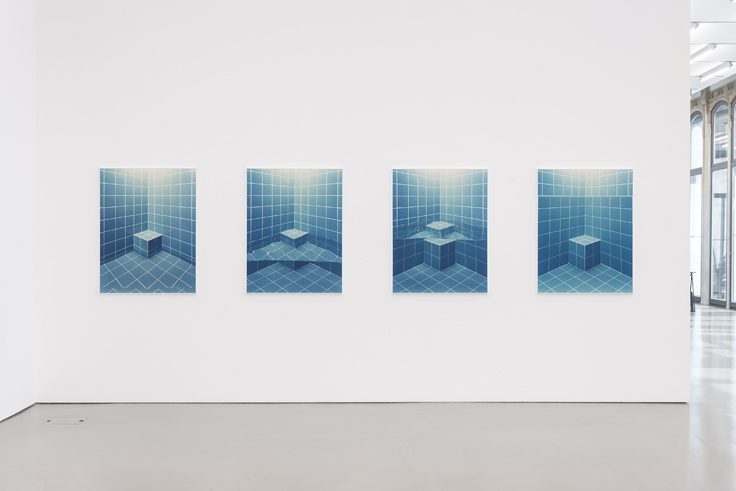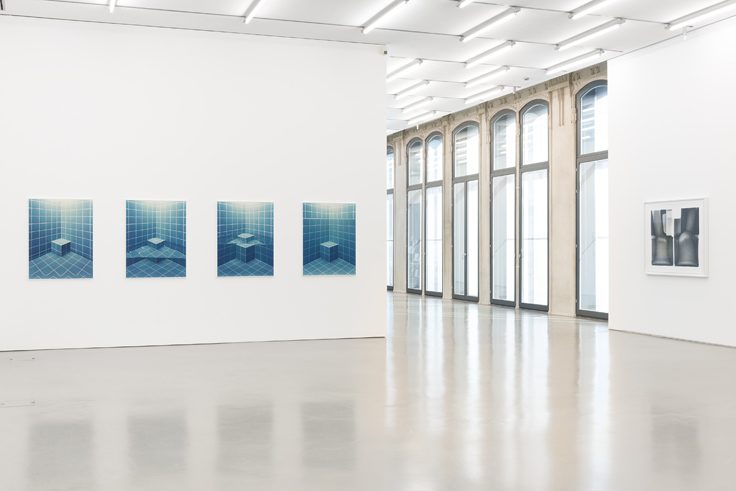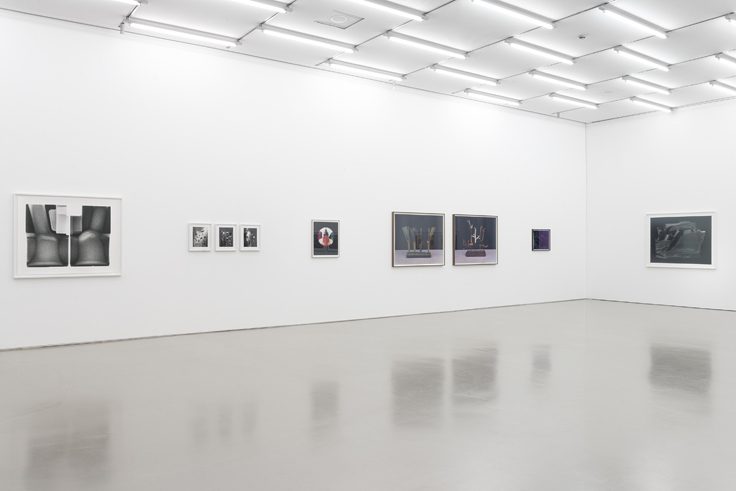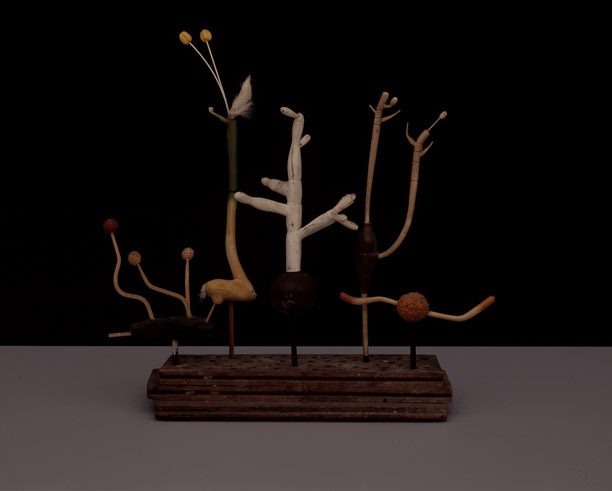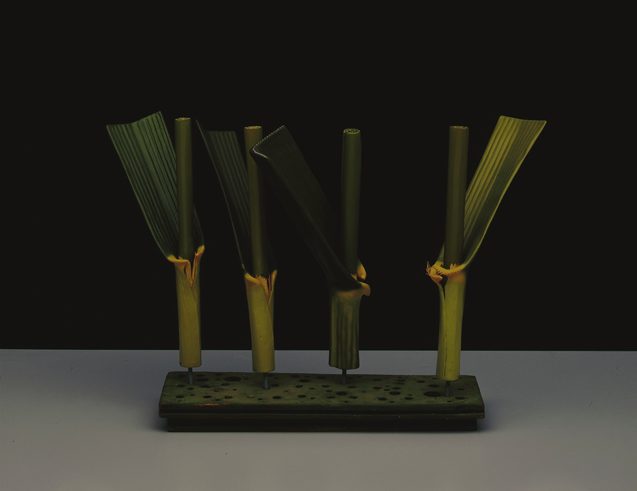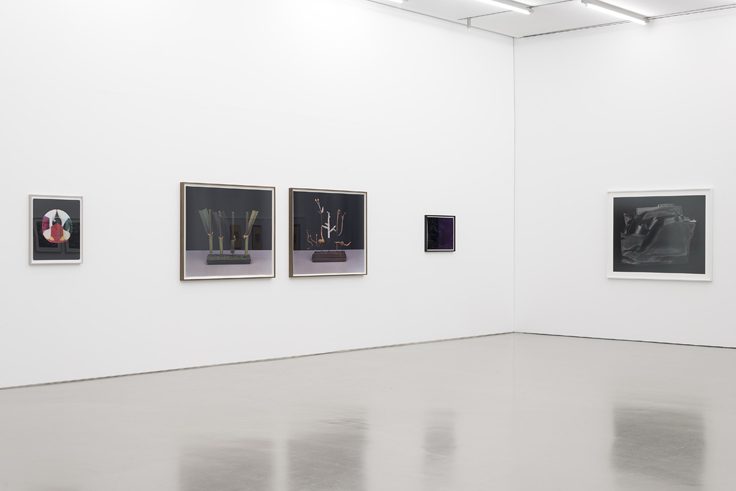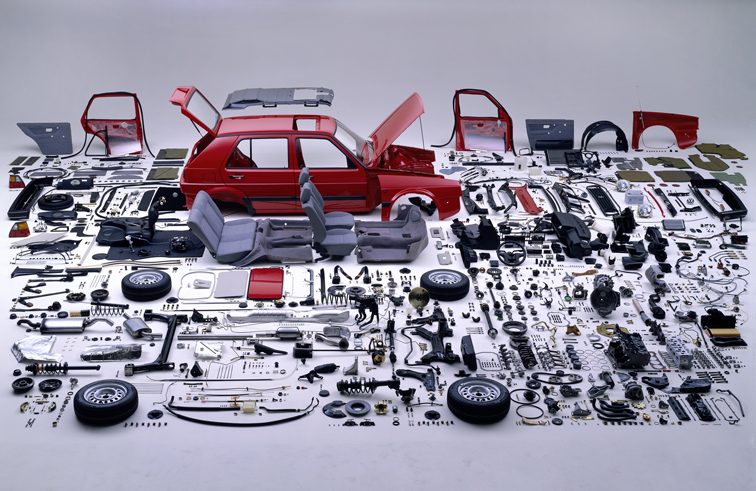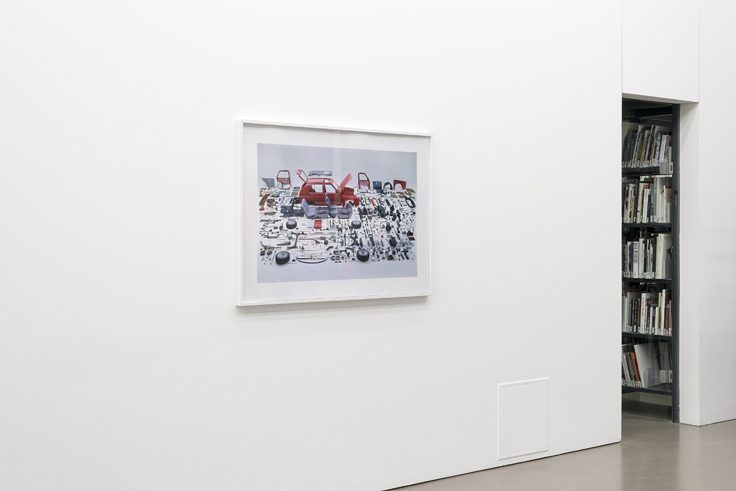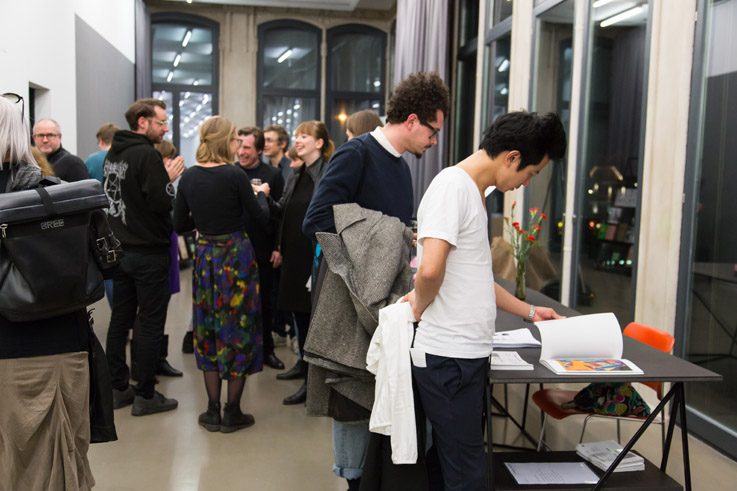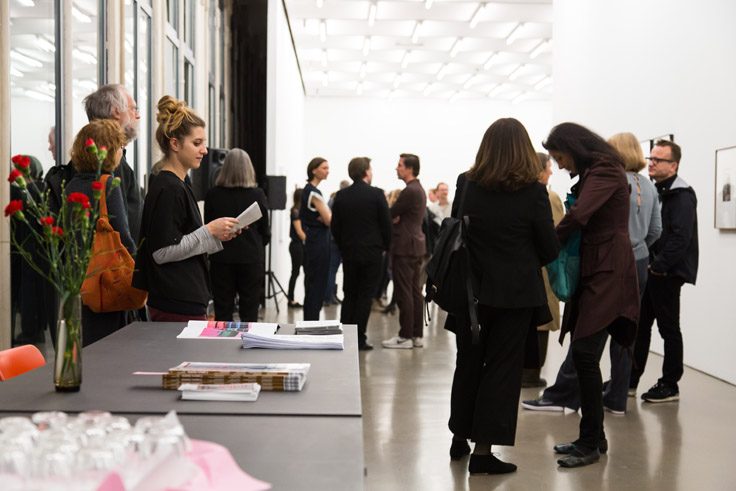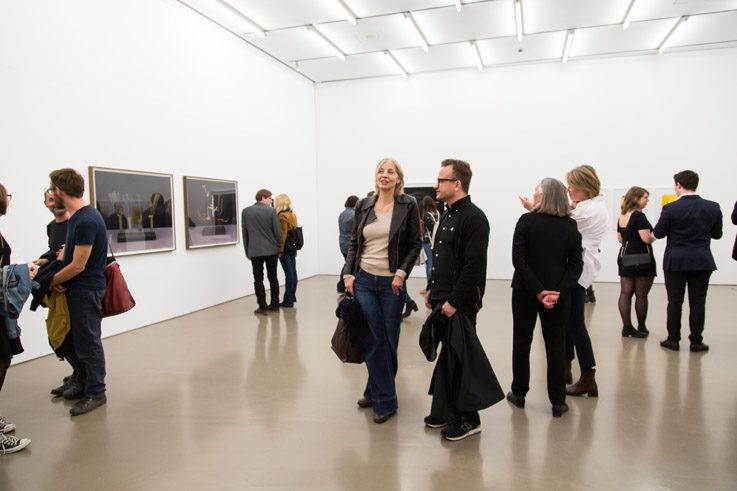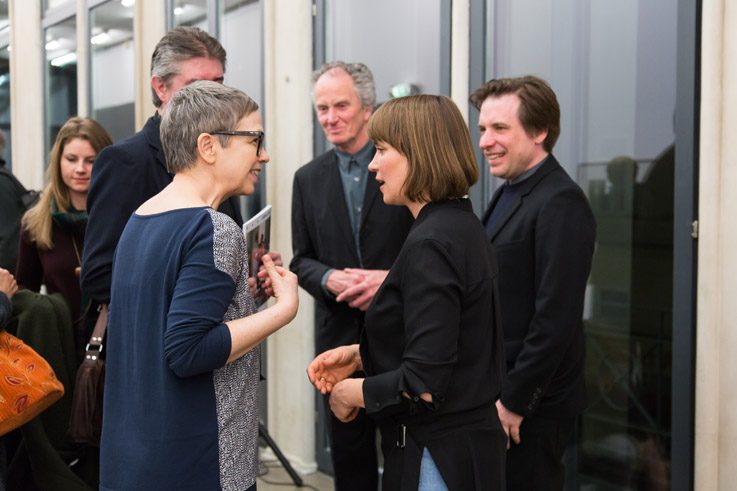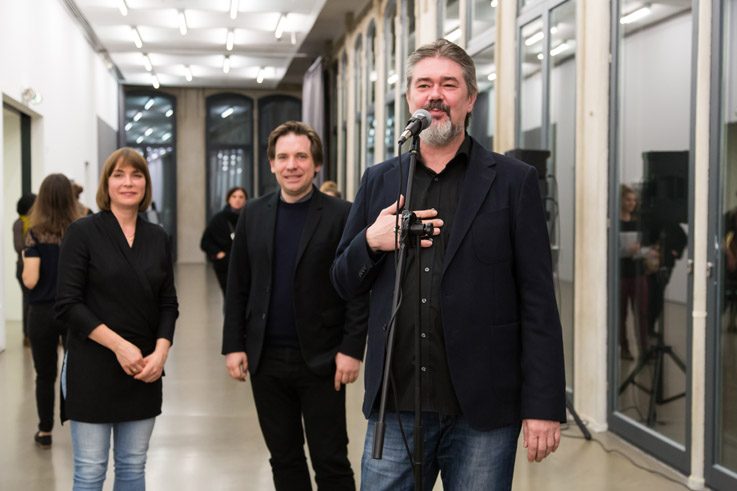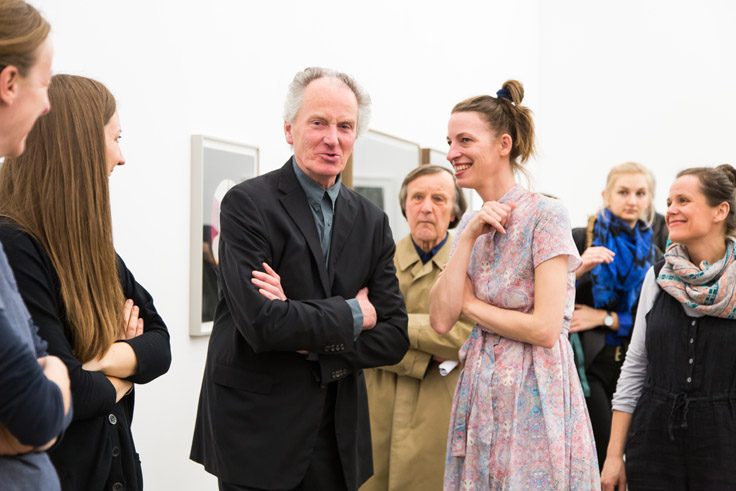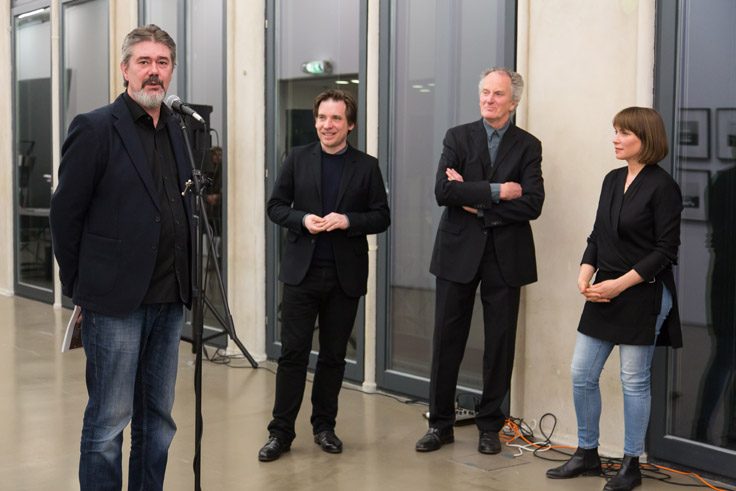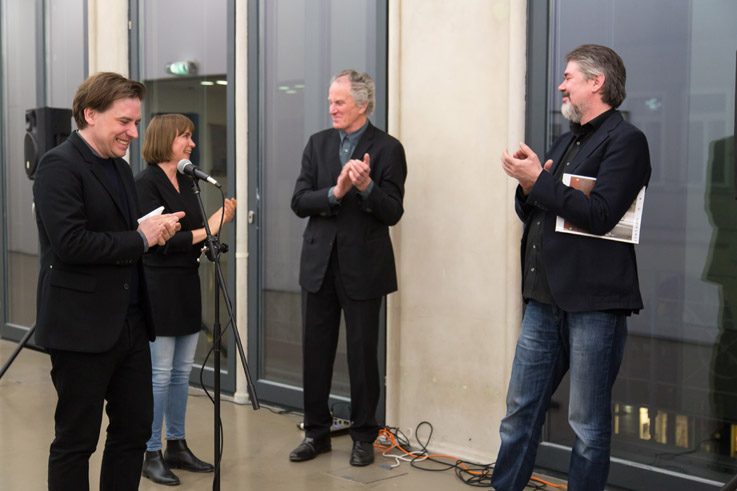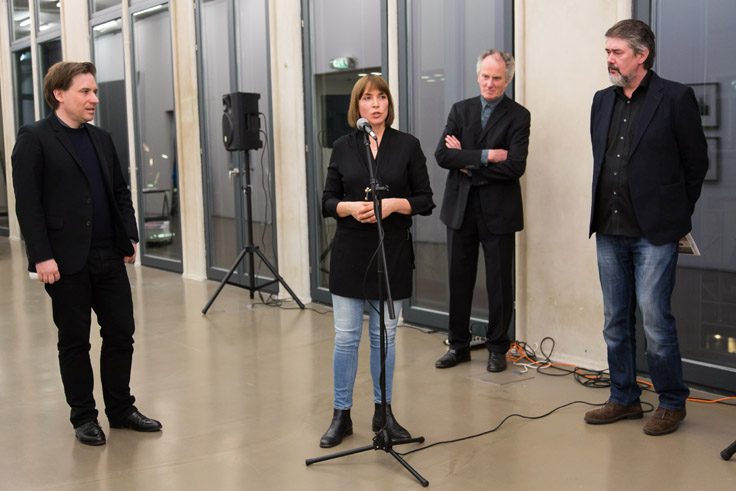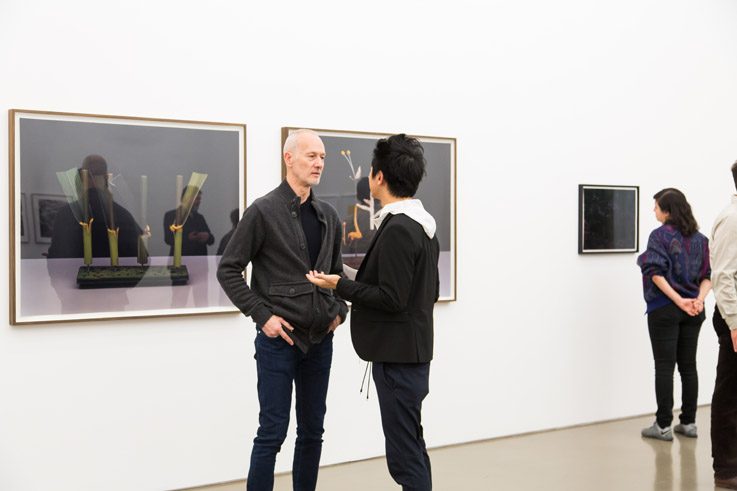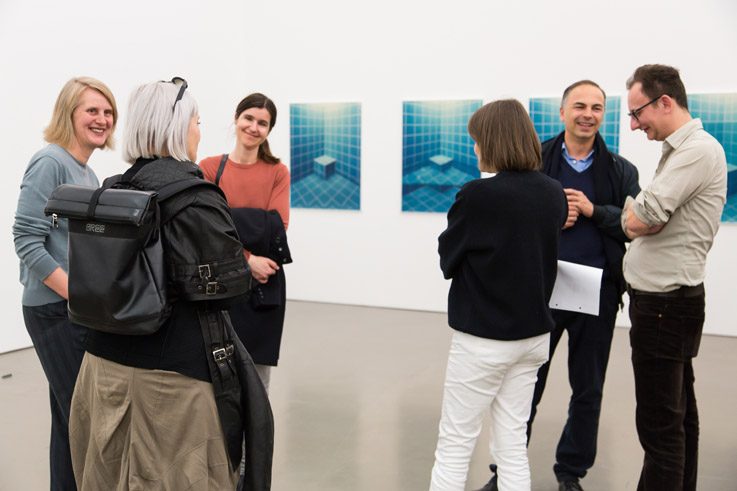Hans Hansen: Atelier
Infos
Opening
17.3.2017, 7 pm
Artist´s talk
with Hans Hansen and Reinhard Braun
in the frame of aktuelle kunst in graz 7.5.2017, 3 pm
Duration
18.3.–4.6.2017
Opening hours
Tuesday – Sunday, 10 am – 5 pm
A project by Annette Kelm, Hendrik Schwantes and Hans Hansen.
The exhibition is accompanied by an eponymous publication in the Edition Camera Austria:
Hans Hansen: Atelier
Intro
Hans Hansen is widely considered to be one of the most important creators of product and still-life photography. His pictorial language evolved through a quest for simplification and by toying with form and alienation, usually based on his experiments with light. By using reduction and liberating objects from their contexts of origin, Hansen has succeeded in imbuing the photographic image with a sense of autonomy that references questions of representation extending far beyond the field of so-called product photography. It is for this reason in particular that the work of Hansen remains a recurring point of reference for a younger generation of artists who primarily move within the realm of photography. The exhibition was initiated by artist Annette Kelm and designer Hendrik Schwantes and was put together in collaboration with Hansen. It shows a subjective cross-section from his long-standing photographic practice—intermingling freelance projects and commissioned works. Therefore, the exhibition at Camera Austria thematizes the junctions between free and applied photography. “Atelier” introduces the work of an applied photographer who transcends the conventions and purported boundaries of applied photography by developing his own pictorial language and by integrating diverse influences from the visual arts and design.
“Atelier” is the first solo presentation of the artist in Austria.
Hans Hansen: Atelier
Hans Hansen is widely considered to be one of the most important creators of product and still-life photography in Germany. “Atelier” is his first solo exhibition in Austria. The exhibition was initiated by Annette Kelm and Hendrik Schwantes and was put together in collaboration with Hans Hansen. It shows a subjective cross-section from his long-standing photographic practice—intermingling freelance projects and commissioned works. Therefore, the exhibition at Camera Austria thematizes the junctions between free and applied photography.
The demarcation between artistic photography and applied photography harks back to the emancipation movement of author photography in the 1970s. During this period, representatives of New Color Photography in the United States and, later, of Werkstatt für Photographie in Germany purposefully pitted their pictorial language and their own artistic objectives against the advertising and photojournalistic photography of the time, with the aim of establishing photography as an independent artistic medium. Around twenty years later, artistic and applied photography had once again grown closer through overlapping areas in art, popular culture, and design, for instance through the use of magazines on popular culture for disseminating artistic work, a practice pursued by Wolfgang Tillmans. This development was influential for a generation of artists and designers who, like Kelm and Schwantes, began their studies in the 1990s. What is more, through conceptual-photographic work like that of Christopher Williams, the aesthetic of product and advertising photography has made its way into the art world. Williams’s approach is guided by a critique of consumer culture; in order to portray the division of labour under Fordism, for example, he hired photographers from the applied sector to create motifs for him. Today, photographic artists like Roe Ethridge allow their own commissioned photography from fashion and product advertising to flow into their free artistic work. Moreover, for quite a few years now, contemporary art has been influenced by a development that critics call “new commissioned art.” Artists are increasingly being invited by businesses to establish their own art collections and institutions, to participate in exhibitions and competitions, or to engage in creative collaboration. It is against this backdrop that “Atelier” introduces the work of an applied photographer who transcends the conventions and purported boundaries of applied photography by developing his own pictorial language and by integrating diverse influences from the visual arts and design.
Hans Hansen mainly photographs things. Rather than orientating his work toward the tradition of the still life rooted in painting, he obtains his ideas directly from the practice of product photography, or more precisely said, from tabletop photography where objects are photographed on a special table in a studio under optimal lighting conditions. It is in this context that Hansen’s pictorial language evolved, seeking simplification and toying with form and alienation, usually based on his experiments with light. Hansen has photographed many of his motifs on a light table, a working device that became familiar to him during his apprenticeship as a lithographer. Draping objects on a surface that is illuminated from both above and below gave rise to abstract and multifaceted images like “o. T. (Avocadosalat)” (Untitled [Avocado Salad]) or “o. T. (Farbkasten)” (Untitled [Paintbox]), extending far beyond their status as factual renderings.
Hansen uses reduction in an attempt to capture the essence of the things in his photographs. This is evident, for example, in the photo “o. T. (Ei)” (Untitled [Egg]) shown in the exhibition, realized by Hansen in 1998 as a freelance piece. The picture shows a horizontal hen’s egg photographed from the front, which appears to be hovering in front of a light-grey background. At first glance, the organically shaped egg appears to be a synthetically created form due to the perfectly illuminated shot. From today’s perspective, the picture might just as easily have been generated with a vector or 3D rendering program due to its symmetry, smooth grey tone, and even shadowing. However, the porous unevenness of the shell shows it to be a natural product upon closer examination. This effect is also seen in the series “o. T. (Kodakschachtel)” (Untitled [Kodak Box]) from 2015. The photo sequence consists of four pictures of a film box from the 1960s, taken with four different cast shadows that are nonetheless identical in terms of form and grey tone. The photographs also have an abstract graphic effect from the distance, while from up close traces of use can be detected on the box. The age of the box, visibly enhanced here, simultaneously references the upheaval in technology experienced by photography.
Hans Hansen is a photographic autodidact. His studies in applied graphics at the Düsseldorf Art Academy coincided with a period of rediscovery of the threads associated with radical modernism and the Bauhaus, along with a general recollection of the social mandate of designers. During this period, instruction at the academy was significantly more conservative than at the pioneering schools of the time like the Folkwang School in Essen and the Ulm School of
Design. Thanks to his enthusiasm for photography, Hansen insisted on photographically executing design tasks in defiance of his teacher’s ideas, causing him to be expelled from the academy in 1962. As a student, Hansen first encountered ice-glass objects by the Finnish designer Tapio Wirkkala at the Milan Triennial of 1960. In his excitement about Wirkkala’s work, Hansen gave the artist a black-and-white print of a photograph of a water surface, in a sense as visual commentary on the glass objects. Wirkkala replied with a letter: “The photograph that you have given me … has caused me to think of your option as a photographer of glass … I enclose a few photos taken in Finland. It is not my intention to ask you to imitate their tendency. Please find new possibilities and manners of photographing glass and experiment with them. … It is of great importance to maintain the soul of glass in the photos and to exhibit them in the proper manner.” In 1962, this correspondence resulted in a commission, which Hansen considers to have provided the initial impetus for his career as photographer. His first motif shows one of Wirkkala’s ice-glass objects that is mirrored by the ground surface and thus gives rise to a totally abstract form. Thereafter, Hansen spent several decades photographing both Wirkkala’s glass objects and his commissions for the Finnish glassworks Iittala.
Hansen’s continued preoccupation with glass ultimately led to the project “Glaswasser” (Glass Water), where he associated images of glass and of water with each other. Over the years, Hansen had observed that glass and water look the same in front of the camera. The series takes up a considerable amount of space within the exhibition at Camera Austria. Indeed, the photographs offer no hints as to which matter or substance is reflected by each motif; usually the first impression is deceptive. The special quality of water, which shifts the visual perspective, was instrumental for the series “Kachelraum” (Tile Room) from the year 1986. For this project, which was carried out on invitation by Kodak, Hansen had a model room built with a blue-tiled floor and walls, as well as a Plexiglas wall on the camera side. He filled this room with water and captured, in this series of six pictures, the different water levels and their effects on perspective, four of which are shown in the Camera Austria exhibition. The photographic motif was referencing the paintings of Hans Peter Reuter; the exhibition by Kodak was an endeavour to take a form-based approach to comparing the mediums of photography and painting.
Although Hans Hansen, like many of his contemporaries, was influenced in his early years as a photographer by the pictorial language of American reportage and fashion magazines like Life and Harper’s Bazaar, and by photographers like Richard
Avedon and Irving Penn, people have seldom featured in his photographs. Hansen prefers to allow things to simply be. He even usually renders clothing as detached from a body. In 2011, he photographed a bikini for the magazine Geo that was spread out flat against a yellow background and looks like an illustration. In the accompanying magazine text, we learn that the bikini used in the shoot was made of rolled fruit candy with Viagra mixed in. By liberating the object from its trivial context of origin, Hansen has succeeded in imbuing the image with the power of autonomy.
Over time, Hansen continued to further develop his photographic work in the studio for his own purposes. From the vantage point of today, many of his technical innovations are no longer apparent upon first glance. For example, in the 1970s he had a rod flash made according to his needs by the light technology company Bläsing, which was later made in series. The acquisition of costly studio technology was made possible for Hansen mainly because of his contracts with the automobile industry. Automobile photography not only required special light technology, but for Volkswagen he even created a novel studio, as Hansen discusses in his conversation with Hendrik Schwantes printed in issue number 131 of Camera Austria International (2015). In 1968, Hansen shot the famous Volkswagen campaign for the New York agency Doyle Dane Bernbach, picturing a VW Beetle dissembled into individual parts, a visual idea that he carried out again in the late 1980s with a VW Golf, again on behalf of the Volkswagen company. This motif, which brought Hansen a great deal of publicity, was selected to be shown in this exhibition. The 6,843 carefully spread-out automotive parts meticulously show the state of industrial car manufacturing at this point in time. As in the case of photo technology, the complexity of car manufacturing has exponentially grown in the last twenty years.
The constant implementation of state-of-the-art technology also influenced the selection of enlargement methods. Hansen favoured the dye-transfer technique due to its colour intensity and resistance to light. Shown in the exhibition are two dye-transfer enlargements made during the 1960s. Dye-transfer prints are made using the basic colours of red, green, and blue in three individual printing cycles. Hansen was familiar with this process from advertising, where it was used, until digital printing was introduced, because of the ability to directly influence colour tone and colour density during the printing process. While working on a photo job in 1991, Hansen created the pictorial motif “o. T. (Daimler Benz)”, which was based on an experiment with the dye-transfer technique. Hansen parked the car on a side street covered in dense shadows, which caused a wide variety of reflections on the windscreens and car body. He then photographed a series on slide and colour-negative film and then compiled the different exposures using the dye-transfer process until the desired result was attained.
For several years now, Hansen has been realizing a series of self-initiated photo and publication projects, in which he stages selected objects whose specific form-finding and design-related origination processes fascinate him. It was in this context that the 2007 photographic series “Pflanzenmodelle” (Plant Models) came into existence. The series comprises twenty photos of handmade models by the Osterloh company, a family business based in Leipzig, now in the third generation, whose floral replicas are found in countless school and university collections. Included in the exhibition are two motifs from this series. The plant models that are unfamiliar to the viewers seem like sculptural artefacts in Hansen’s photographs. Hansen uses gentle lighting to emphasize their delicate figuration and tactile quality. Only the provisional bases originating from the workshop and the clearly visible wire construction reference the models’ construed nature.
In the “Pflanzenmodelle” series and other similar works, Hansen devotes himself to an expertly executed craft. In a certain sense, this reflects his own practice, which, similar to specialized model-builders, is the result of a schooled imagination that has evolved over many years of continual experimentation. The photo studio is the place where Hansen’s special talent for visual creation has developed over the decades. While contemporary artists in Germany, faced with increasing division of labour and internationalization, today call their atelier a “studio”, Hansen has for fifty years always designated his studio address “Atelier Hans Hansen”.
Anna Voswinckel
Annette Kelm is an artist and lives in Berlin. She received the Camera Austria Award for Contemporary Photography by the City of Graz in 2015 and was guest editor of issue number 131 of the magazine Camera Austria International. Her photographs are found in numerous international collections, such as MoMa, Guggenheim, Tate Modern, and Centre Pompidou.
Hendrik Schwantes is a designer and runs, together with Michael Heimann, the Berlin-based graphics design studio Heimann + Schwantes, which is specialized in working with clients from the fields of contemporary art, architecture, and design. These clients include artists like Olafur Eliasson, Katharina Grosse, and Slavs and Tatars or the architects Sanaa and Sauerbruch Hutton. Schwantes was the art director of the German design magazine form.
Anna Voswinckel is an artist and designer based in Berlin and Leipzig. Since 2012 she has been working as an artistic collaborator for photography at the Academy of Fine Arts Leipzig. In 2016, she curated the multipart exhibition project “1. – 3. person singular/plural” at the Kunstverein Leipzig.

